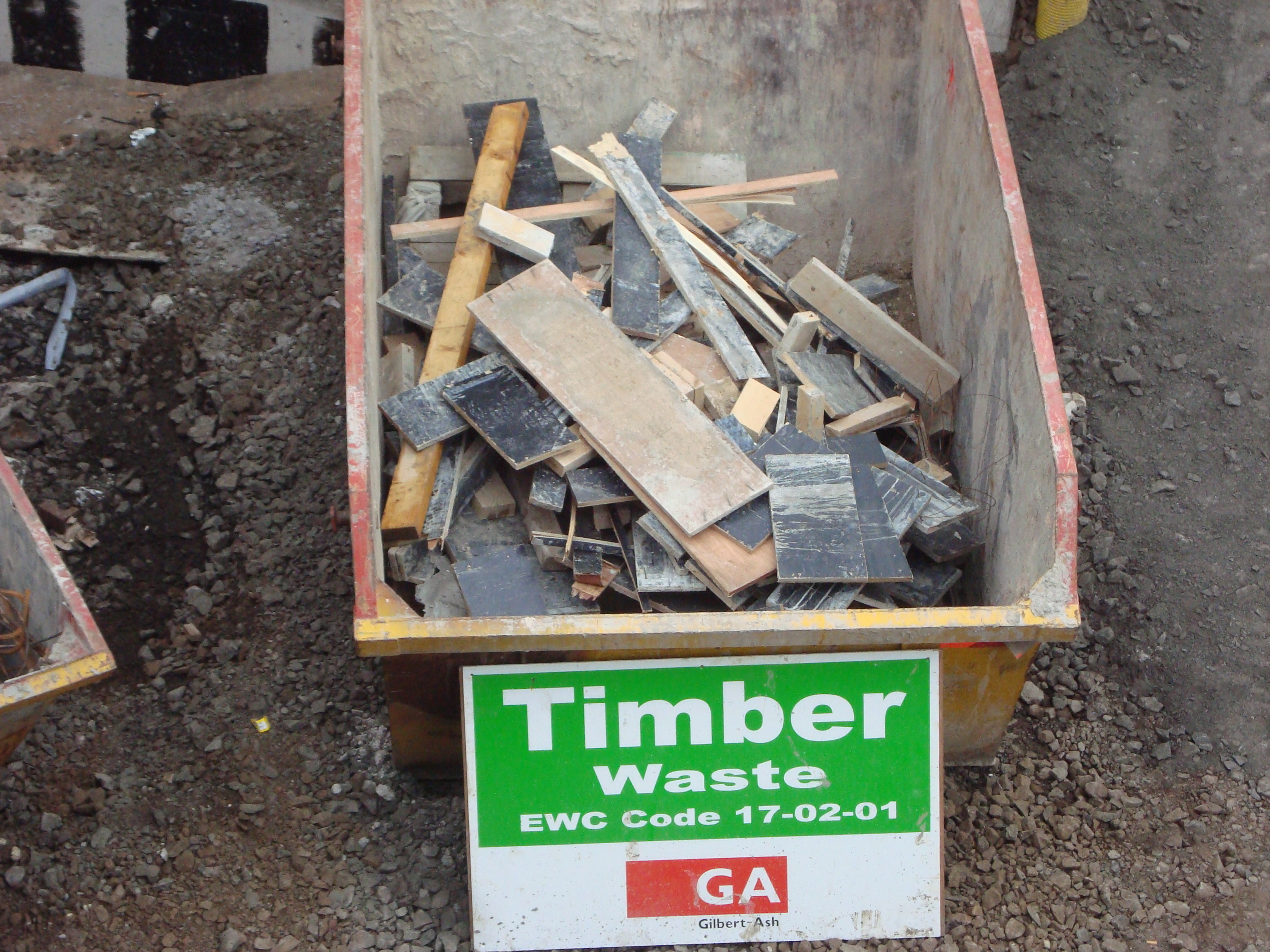Although this is not mandatory, the colour coding of construction waste skips is becoming widespread throughout the construction industry.
The colour scheme refers to labels that can be fitted to waste skips, indicating the types of waste that can be placed in them, thus helping with waste segregation and reducing disposal costs. Skips can also be painted in their designated colour.
The generic colour scheme, which is industry led, has been developed by the Institution of Civil Engineers.
The colour scheme is as follows:
- White: Gypsum – gypsum and plasterboard products (do not contaminate these materials with other substances as this will affect their recyclability.)
- Grey: Inert – clean concrete, rubble, hardcore, brick and block etc. that will not decompose or create a hazard when buried.
- Black: Mixed general waste – any waste except contaminated waste that cannot be recycled in other skips on the site.
- Blue: Metal – all types of clean metal, including rebar offcuts, scrap metal (no empty paint tins, as these are considered hazardous) etc.
- Green: Wood – all types of clean, untreated timber or wood products (treated timbers may contain hazardous preservatives.)
- Brown: Packaging – cardboard, paper products etc. (not polythene sheeting or ties, this should go in the “mixed” skip.)
- Orange: Hazardous – only for contaminated waste such as asbestos, paint tins, mastic tubes, tarmac, or any product fitted with a COSHH label etc.
The colour scheme system helps contractors to comply with waste legislation, reduce cost and recycle where possible. It is a simple system and can be introduced to the workforce through a toolbox talk-style briefing.
Considerate Constructors Scheme, May 2017.
Did you find this article helpful?
Please rate this article

Loading...





